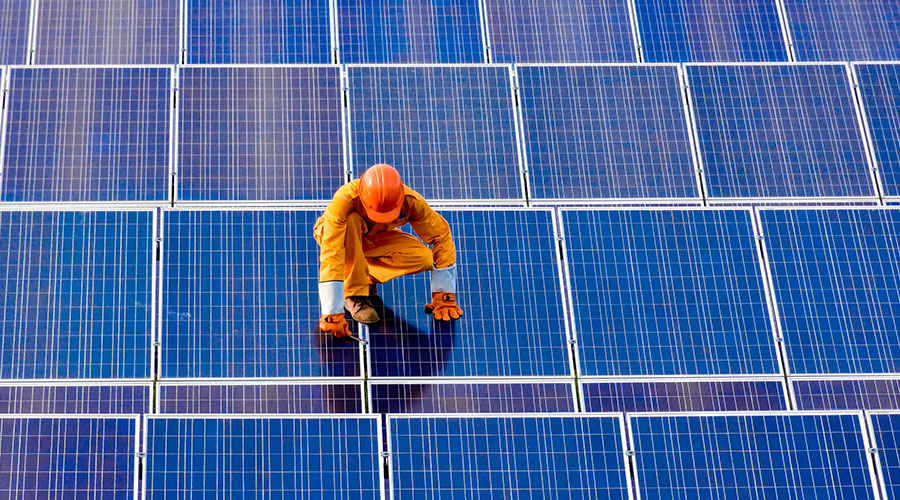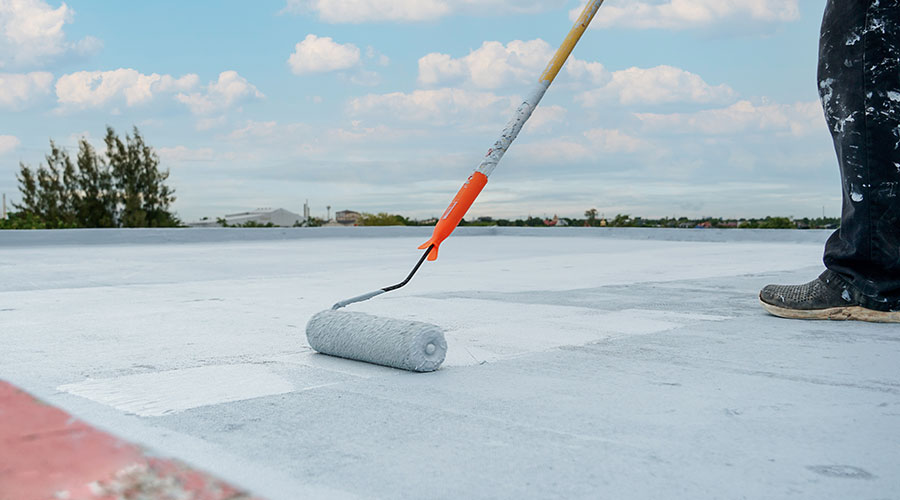Cool Roofs an Option For Almost Any Facility
Getting funding for a new roof can be a battle. The question of whether you can get by with patching the old one is often raised, and asking for funding for anything beyond a basic roofing system often requires extensive justification.
But even for facility managers with limited budgets, cool roofs are becoming a more common option. "There are very few differences between cool and non-cool roofs in terms of overall costs," says James Hoff, research director, Center for Environmental Innovation in Roofing. "They may have to be different systems, but if a building owner has an overall budget that is a realistic budget to provide for a roofing system, I would be reasonably confident they could find a roofing system that would be a reflective roofing system."
Hoff says that a cool roof in a sunny, warm climate, such as Phoenix, can easily save 10 cents or more per square foot in cooling costs. And there may be another selling point to justify a new cool roof: In a number of areas, government entities or utilities offer incentives for cool roofs that meet certain standards. Federal tax deductions may also be available.
But, as is usually the case, there are details to each of these benefits that need to be carefully evaluated. Charles Goulding, president, Energy Tax Savers, suggests breaking down the benefits by category. "What you ordinarily want to do is sit back and say 'when I make this investment, what are my energy cost savings; what is my potential rebate; then what are my potential tax savings,'" he says.
The Role of EPAct
While there's no universal rebate for a cool roof due to differences in state and local laws and differences between utilities, there is a federal tax deduction available. EPAct, the Energy Policy Act of 2005, offers tax deductions based on energy savings in three categories: HVAC, lighting and building envelope. The deduction maxes out at $1.80 per square foot — 60 cents per category — for commercial buildings that show energy savings of 50 percent across the three categories compared to ASHRAE Standard 90.1-2001.
Figuring out the minimum energy savings to trigger the deduction can be a little tricky. The energy savings are 50 percent in total, not per category. And the minimum for each category has been changed from the first iteration of the law, which required a 16.7 percent energy savings from each category to max out the deduction. While dividing savings up equally by category is still an option, the building envelope deduction can also be achieved with a 10 percent reduction from ASHRAE 90.1-2001. If that happens, then HVAC and lighting would have to account for more savings to get the full $1.80.
Related Topics:














